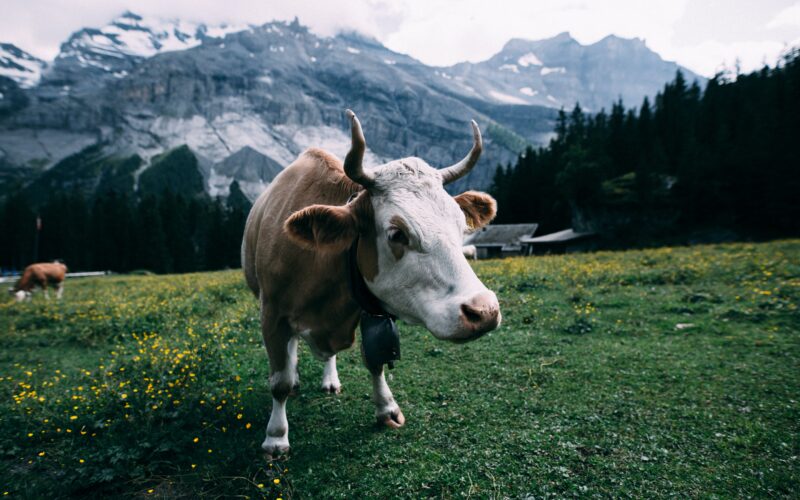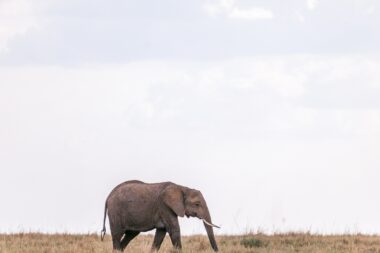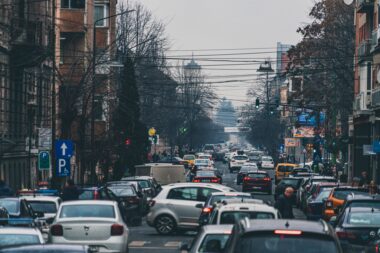It’s no secret that agriculture uses an enormous amount of energy and emits massive amounts of greenhouse gasses into the environment. According to the UN’s Food and Agricultural Organization, livestock contributes 7 gigatones of CO2 every year, 14.5% of global greenhouse gas emissions. A huge amount of emissions from livestock also come in the form of methane. Animals like cattle and sheep release methane as part of their digestion, a process called enteric fermentation. And with 1 billion cows on the planet, that’s a lot of methane floating around. According to the United Nations, we need to increase food production by 70% by 2050 to feed our growing population. But considering the negative environmental impact of meat, maybe it needs to stay off the menu for 2050. Starting somewhere, reduce eating the top 5 meats that are bad for the environment.
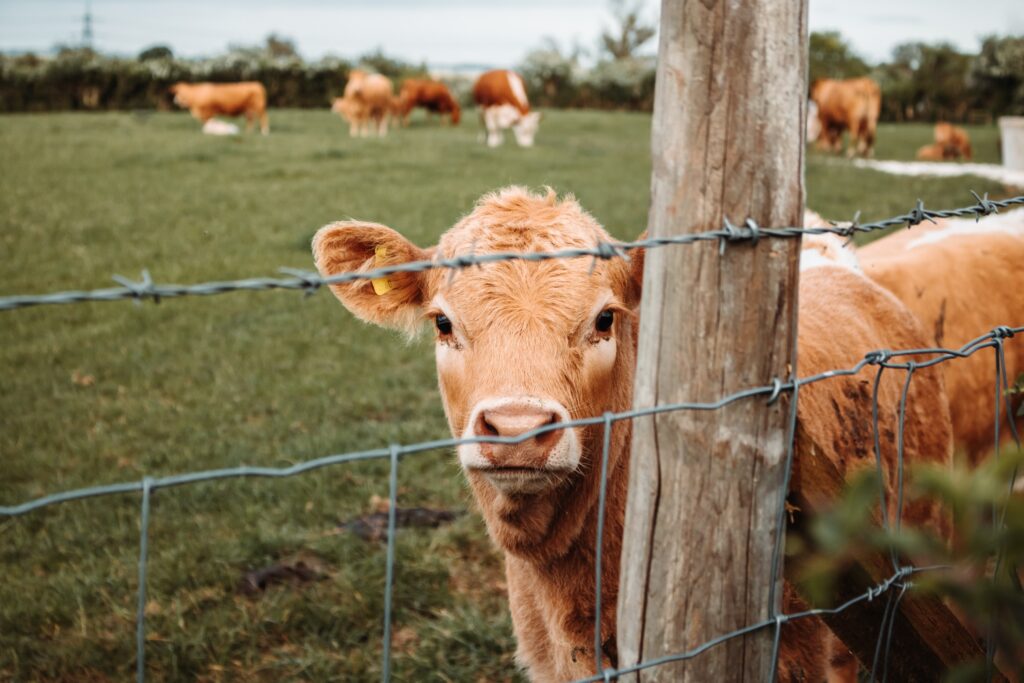
1. Beef
The first on our list of 5 meats that are bad for the environment is beef. As far as greenhouse gas emissions from meat go, beef is a big hitter, the biggest hitter. It isn’t the most popular meat, but it does cause the most greenhouse emissions. Beef and veal made up 22% of global meat consumption in 2021 but account for 56% of emissions from meat.
Greenhouse Gas Emissions
Cows require a lot of land to graze and to grow their food. Because of this, huge amounts of land is cleared annually to make way for cattle ranching. In the Amazon, cattle ranching accounts for 80% of the deforestation and produces 340 million tons of carbon emissions every year. On top of that, cattle release large amounts of methane into the environment. Methane is one of the most powerful greenhouse gasses, 20 times more potent than carbon dioxide.
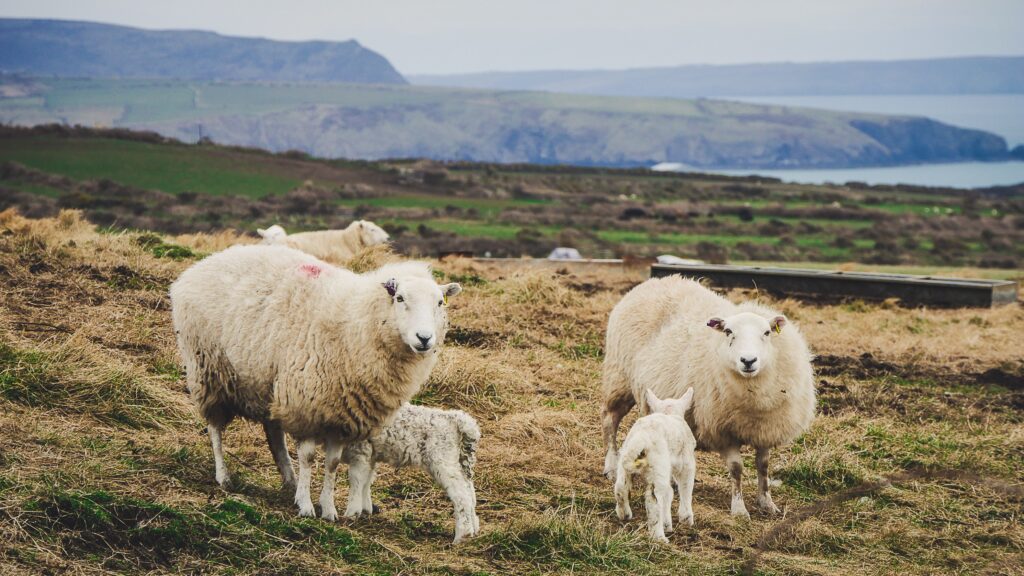
2. Lamb & Mutton
Sheep and goat meat account for only 5% of global meat consumption but it contributes huge amounts of greenhouse gasses during production. Similar to cows, sheep need a lot of land to graze and produce high amounts of methane. Sheep also impact the environment through the release of nitrous oxide in their excrement. Nitrous oxide is one of the most dangerous greenhouse gasses, 278 times more potent than carbon dioxide.
As part of the UN 2050 Carbon Neutral goal, some sheep farming intensive countries are looking to reduce their emissions through breeding. New Zealand sheep farmers can measure and rank their sheep based on methane emissions. By breeding low emission sheep, their environmental impact can be reduced by 16%. While a worthwhile endeavour for New Zealanders, more sheep farmers globally need to put emission reduction processes in place to see a drastic change.
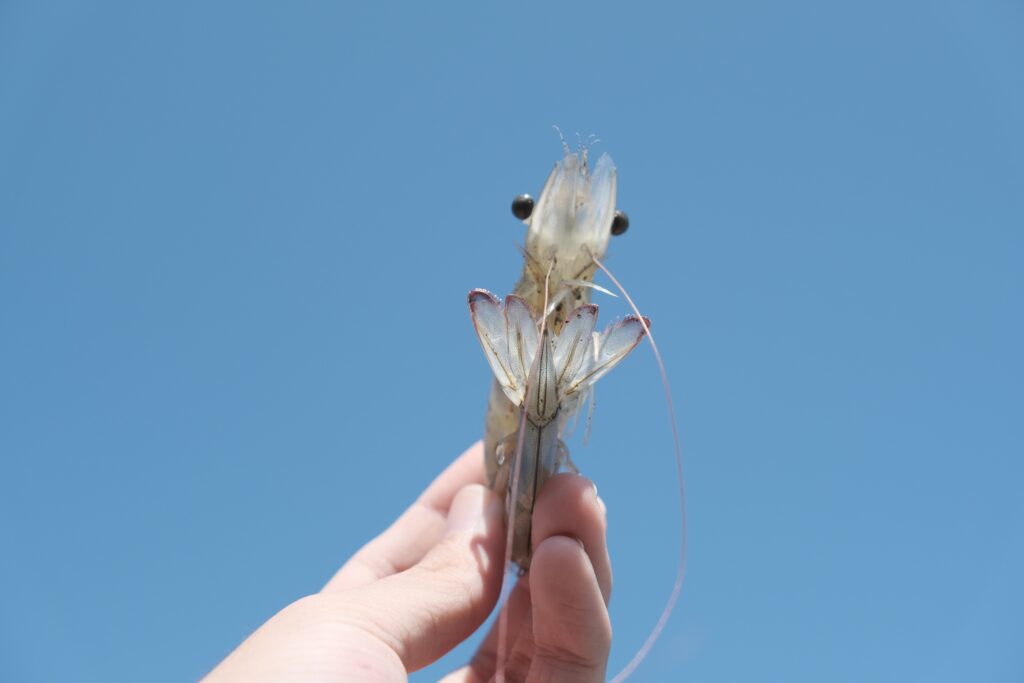
3. Prawns
Next on our list of 5 meats that are bad for the environment is prawns. Prawns are one of the most popular seafoods globally. They’re sometimes referred to as shrimp, although mostly only in North America, or if they’re small elsewhere. In 2020, the global shrimp industry was worth $18.3 billion USD, growing year on year. Farmed shrimp make up 55% of global production. But all these prawns come at a cost to the environment. A single serving of prawns is the equivalent of driving 20.7km in carbon emissions. In addition, shrimp farming has numerous negative environmental impacts like pollution, disease outbreaks and habitat destruction.
Due to an increase in popularity, many countries offer incentives for prawn farming. But these policies can lead to the destruction of natural ecosystems. Farmed prawns negatively impact groundwater from the release of chemicals, antibodies and salt. They’re also known to easily spread disease when animals eat contaminated prawn and further the outbreak.
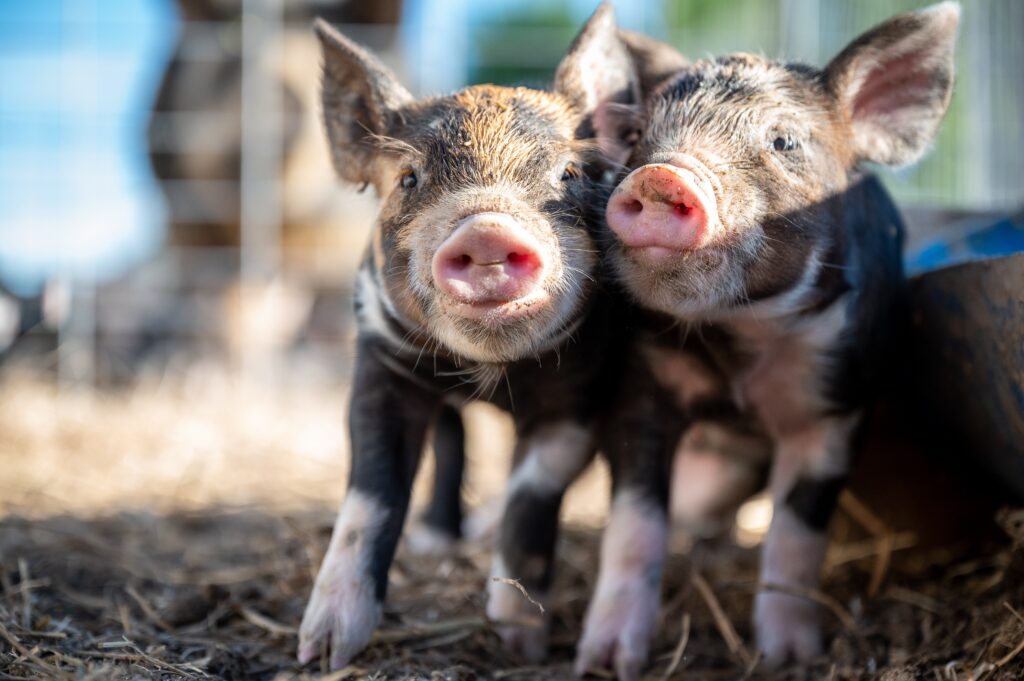
4. Pork
Pork is the second most popular meat in the world and produces 28% of greenhouse gasses from the meat industry. The global pork industry was worth 242 billion USD in 2022, growing at a rate of 2.8% annually. Vietnam and Korea consume the most pork globally, at 32.7 and 32.2 kilograms per person per year. The United States isn’t far behind at 23.8kg per person. In terms of CO2 emissions, eating pork for a year in the US is equivalent to 571.2kg of CO2 or driving 2903 kms.
Greenhouse Gas Emissions
Waste management, or lack thereof, is one of the main concerns with pig farming. Pigs produce a massive amount of waste, four times more than the average human. Most methods of waste management involve storing and spreading it on crop fields as fertilizer. While animal waste contains beneficial nutrients like nitrogen and phosphorus, in excess they can be toxic to the environment. In the United States, nitrogen pollution from livestock manure increased by 50% from 1930 to 2012. In Iowa, a top pig producing state, nearly a quarter of wells tested positive for nitrate and 40% also tested positive for coliform bacteria (E.coli).
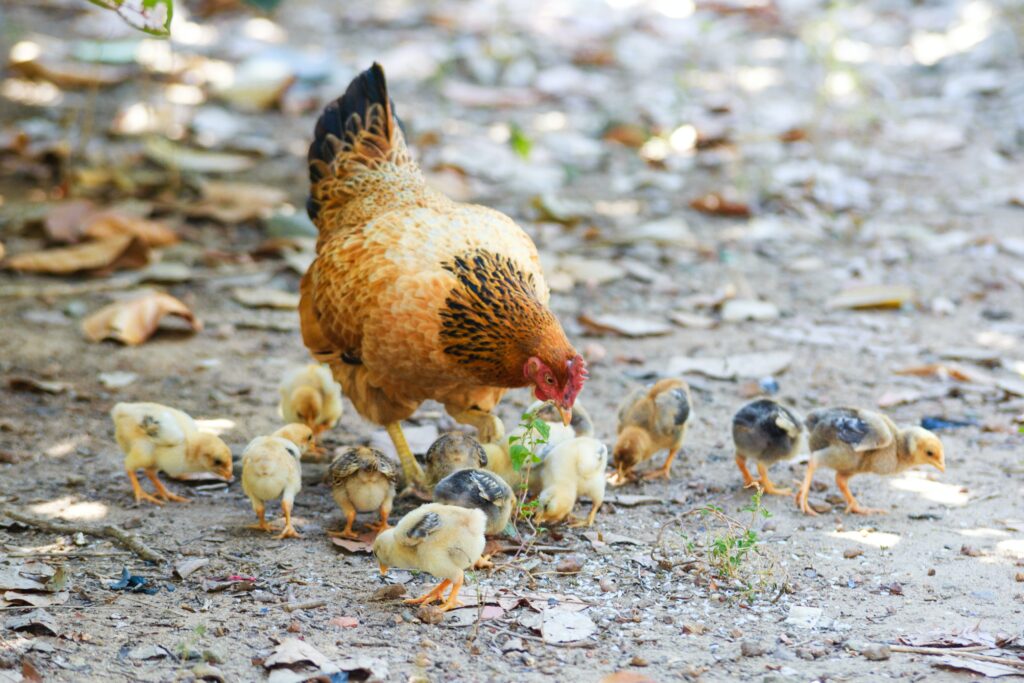
5. Chicken
Last on our list of 5 Meats that are Bad for the Environment is chicken. While not nearly as bad for the environment as beef, chicken still contributes a significant amount of greenhouse gas emissions. Just a single serving of chicken (100g) has the same carbon footprint as driving 9.3 kms. In the United States, the average person eats 50.9 kg of chicken each year. That’s over 500 servings per person with a carbon footprint the size of 4,650 kms. That’s quite the carbon footprint for just one part of your meal.
Greenhouse Gas Emissions
Only half of chicken production greenhouse gasses come before slaughter, the rest are generated through the processing and packaging stages. Similar to other animals, waste management is one of the main environmental offenders. Chicken manure is often used as a fertilizer leading to run-off contaminating groundwater and waterways. This contaminant encourages the growth of algae and the reduction of oxygen, causing detrimental impacts to marine and human life.
Sustayn is designed to present the most useful recommendations for environmentally friendly approaches and items. We update links when possible, but note that links can be broken and subject to change.
Icons: Cow icon by Icons8, Lamb icon by Icons8, Prawn icon by Icons8, Swine icon by Icons8, Whole Fish icon by Icons8, Chicken icon by Icons8.
